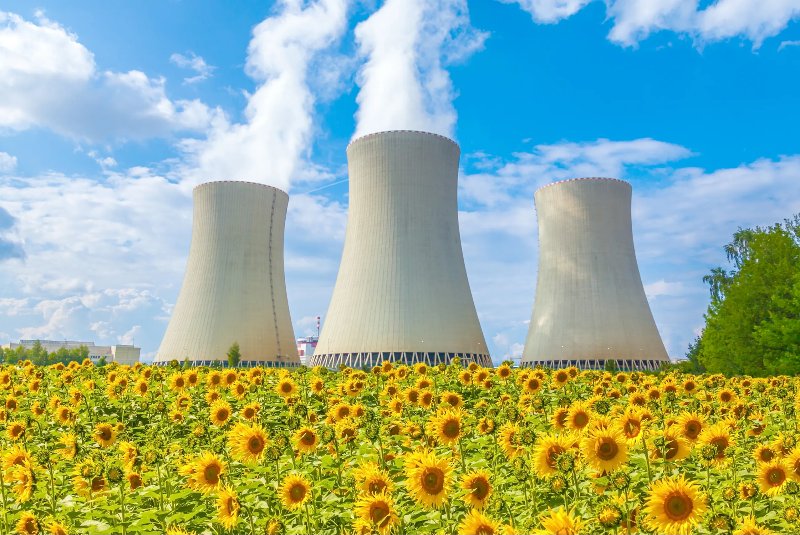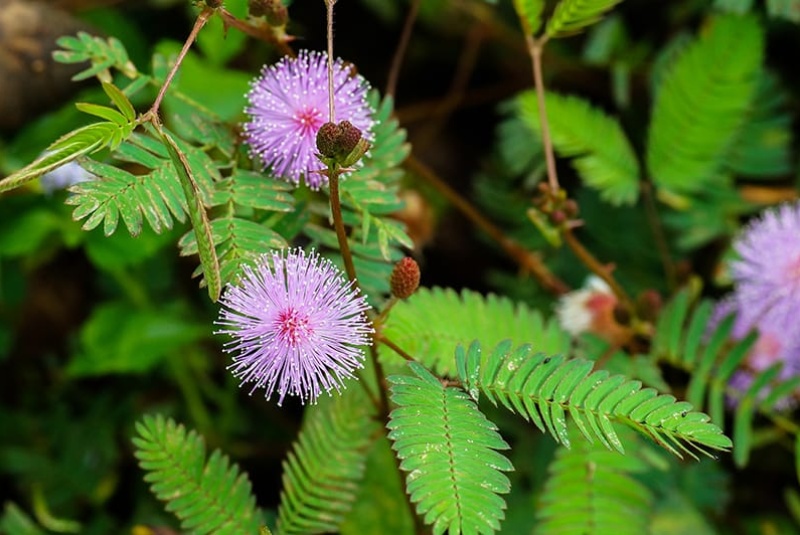In the aftermath of a nuclear disaster, the landscape is often portrayed as desolate and barren, a symbol of human error and the dangers of hubris. Yet, amidst the silence of abandoned towns and the stillness of halted clocks, life finds a way to assert itself. One of the most vibrant examples of this resurgence is the field of sunflowers that might be found stretching towards the sun in areas that have been touched by nuclear fallout. These are not merely splashes of color in a gray world; they are active participants in the recovery and healing of the land.
The beauty of a field of sunflowers has been celebrated in art and literature for centuries. These flowers, with their faces turned toward the sun, symbolize warmth, positivity, and strength. But beyond their aesthetic value, sunflowers have emerged as unlikely heroes in regions devastated by nuclear incidents, such as Chernobyl, Fukushima, and Hiroshima. Scientists, ecologists, and biologists have discovered the sunflower's remarkable ability to help heal the earth, transforming the way we approach environmental remediation.

It all begins with the science of phytoremediation, a process that involves the use of living plants to clean up soil, air, and water contaminated with hazardous contaminants. Sunflowers, with their deep roots and fast growth, are particularly adept at absorbing toxic metals from the soil—metals that can include radioactive substances such as cesium-137 and strontium-90. This characteristic classifies them as hyperaccumulators, as they can take up concentrations of metals that would be toxic to other organisms.
The use of sunflowers in this capacity is more than a scientific curiosity; it is a practical and cost-effective method of environmental cleanup. Traditional methods of dealing with contaminated soil often involve excavation and disposal in a hazardous waste landfill or containment and capping of the site. These methods are both expensive and disruptive to the landscape. Planting sunflowers, on the other hand, is a gentle approach that can be integrated with the existing ecosystem with minimal disturbance.
Tourism in areas of nuclear disaster has grown in recent years, with people drawn to the haunting beauty and the history of these sites. Television series like HBO's "Chernobyl" have brought these stories to a broader audience, sparking curiosity and compassion. Visitors to these areas might be surprised to find fields of sunflowers, rather than desolation. These sunflowers are not merely set dressing; they are an essential component in the remediation efforts that make these areas safe for humans and wildlife alike.
Sunflowers become more than just passive elements in these environments; they take an active role in detoxifying the land. Their bright yellow blooms not only add beauty to the landscape but also represent a symbol of hope and renewal. The plantings serve a dual purpose—cleansing the land of its invisible poison while also standing as a living memorial to the events that necessitated their presence.
Moreover, sunflowers don't just clean up the toxins from the soil. They also have a positive effect on air quality and can aid in purifying water. Their presence increases the microbial activity in the soil, which aids in the breakdown of toxins and enhances the overall health of the ecosystem. The detoxification of the land leads to cleaner groundwater, which is essential for the health and sustainability of the surrounding areas.
Research has shown that in regions where sunflowers have been planted, pollution levels have dropped significantly. This is encouraging news for governments and environmental organizations, as it offers a beacon of hope for the restoration of contaminated lands. The sunflower, with its unassuming grace and remarkable resilience, has become an emblem of peace and a reminder of the balance between humanity and nature.
In terms of practical application, planting sunflowers is not only more cost-effective than removing contaminated soil but it also carries the additional benefits of preserving the landscape and providing habitat for wildlife. It is a process that respects the land and offers a means of healing without the brute force of human engineering.
The tragedy of a nuclear disaster cannot be undone, and the memories of those affected by it will always remain. But the planting of sunflowers in these areas is a tribute to the resilience of life and the human spirit. It is an acknowledgment that while we cannot change the past, we can influence the future and ensure that the steps we take are geared towards healing and prevention.
The sunflower has thus become an icon of hope in the fight for a world free of nuclear weapons. It is a symbol that resonates with many people and groups advocating for peace and environmental responsibility. The flower's utility in cleansing the land has merged with its symbolic power to create a potent emblem for a brighter, cleaner future.
As we consider the broader implications of using sunflowers in nuclear disaster zones, it is worth exploring the depth of the relationship between plants and the environment. All plants, including sunflowers, absorb nutrients from the soil to live and grow. However, the extraordinary aspect of sunflowers is their ability to selectively absorb harmful substances along with beneficial nutrients without detriment to their own growth. This indicates a remarkable adaptability and raises questions about how we might learn from and harness these natural processes to further our environmental and sustainability goals.
Understanding the science behind the sunflower's abilities can lead to advances in agricultural practices, environmental science, and even waste management. For example, the same principles that allow sunflowers to extract toxic substances from the soil could potentially be applied to other forms of waste cleanup, such as heavy metal pollution from industrial sites. The potential applications are broad and varied, suggesting that the sunflower could be just the beginning of a new wave of biological solutions to human-caused problems.
To maximize the efficacy of sunflowers in environmental cleanup, it's essential to consider the entire lifecycle of the plant. Once a sunflower has absorbed toxic substances, it becomes hazardous waste itself. Thus, careful management of these plants post-remediation is crucial. Typically, the plants must be harvested and disposed of in a manner that prevents the release of the absorbed toxins back into the environment.
One promising area of research is looking into ways to recycle or repurpose the biomass of contaminated sunflowers. Scientists are exploring options such as converting the biomass into biofuel, which would not only safely dispose of the toxic substances but also provide renewable energy. Other ideas include using the contaminated plant matter in the production of materials like bricks or boards for construction, where the toxins would be safely encapsulated and kept out of the ecosystem.
The story of the sunflower in nuclear disaster zones is not just about environmental cleanup; it is also about the larger narrative of human progress and our relationship with the natural world. It illustrates how human ingenuity can find solutions in the most unlikely places and how these solutions can be harmonious with the environment rather than destructive.
The implications for sustainability are significant. By looking to nature for answers, we can develop technologies and methods that are both effective and eco-friendly. The sunflower, with its ability to cleanse the soil of radioactive materials, is a beacon of this potential. It stands as a testament to the possibility of coexistence between human industry and the natural world, between the scars of our past and the hope for our future.
As we move forward, it is clear that the lessons learned from the use of sunflowers in nuclear disaster zones will be invaluable. They can inform not only our approach to environmental remediation but also our broader strategies for sustainable living. The sunflower, once just a symbol of the sun and summertime, has taken on a new role as a symbol of environmental hope and a cleaner world.
The role of sunflowers in the remediation of nuclear disaster zones is a testament to the remarkable resilience of nature and the potential for harmony between human actions and environmental health. As we continue to face environmental challenges, the example set by the sunflower offers a pathway to solutions that are not only practical but also inspiring. The sunflower's legacy, much like the plants themselves, will continue to grow, reminding us of the enduring power of life to flourish even in the face of adversity.




